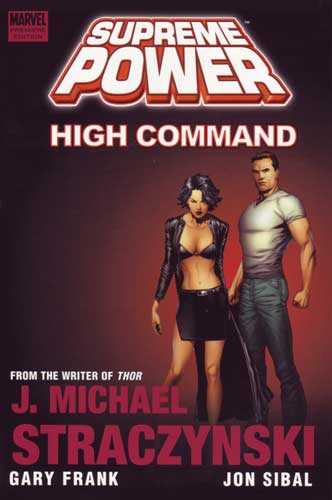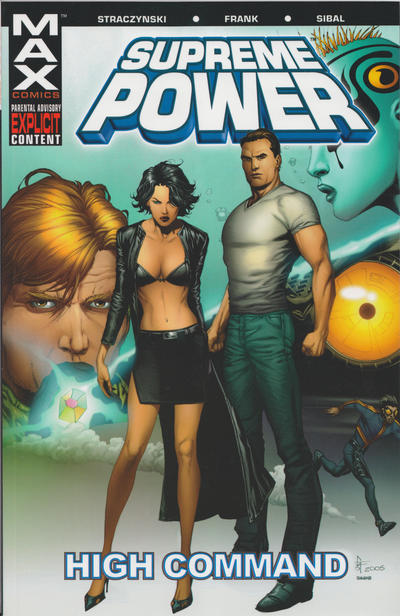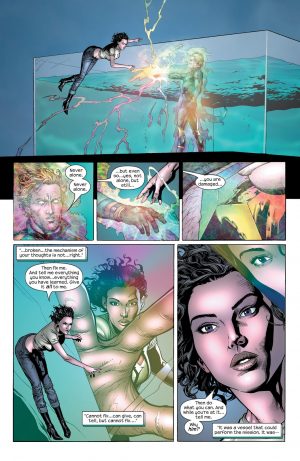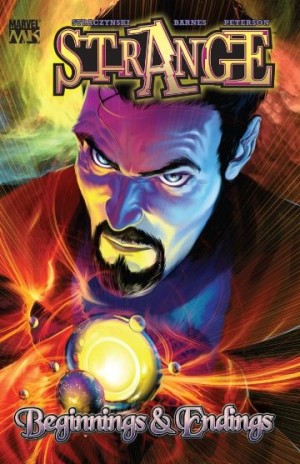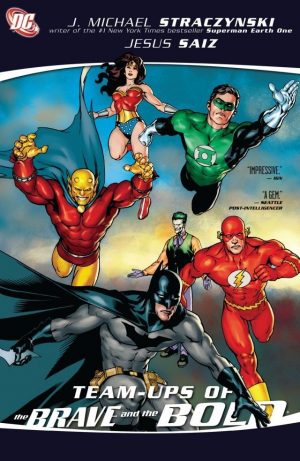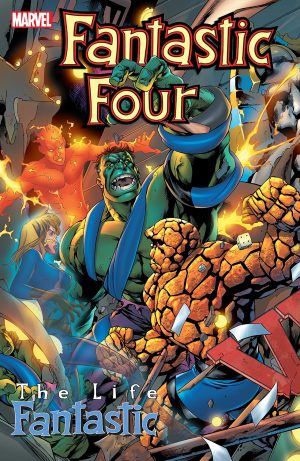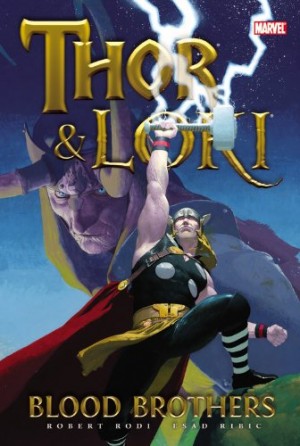Review by Karl Verhoven
In the world of Supreme Power an alien spacecraft carrying an infant crashed on Earth in 1976. While the government concentrated on raising the infant for eventual use as a weapon, they remained ignorant that the ship also carried minute spores, and as Mark Milton grew to adulthood and was revealed to the public as Hyperion, so others developed super powers. When they discovered traces of spores, the authorities experimented on death row criminals, with the result that anything up to two dozen of them may now have super powers and are now loose. This was revealed at the end of Powers and Principalities.
Until now, with the exception of the Atlanta Blur and the government approved Hyperion, the existence of super powered people has been largely secret. That changes quickly. Some of the protagonists have united to capture a super strong serial killer, and their efforts constitute one giant public coming out. The way Gary Frank draws this is interesting. For fight sequences he can rely on standard viewpoints, but J. Michael Straczynski’s plot calls for a far more realistic depiction of death and horror, scenes where the devastation is is equivalent to a real world disaster, and Frank comes through. It’s meant to be shocking, and it is. So is much else. Straczynski has built Kyle Richmond, Nighthawk, as a rich bigot with entire chip shop on each shoulder, unable to view anything in terms other than black and white, and his views continually appal, as does the government’s attitude to what they believe they can make use of. Neither does Hyperion, nominally the hero figure, impress throughout, leaving only one character untainted.
Much about the writing is very clever. An early scene has two government agents talking about Hyperion, and two chapters later Straczynski lets us know Hyperion has heard the conversation. Shortly afterwards Straczynski has him explain how he was raised to respect the law, chillingly adding “but that concept was only as strong as my belief in it”, and underlining the point. As rebellious phases go, this is more than disturbing.
Almost none of the cast emerges from High Command with any credit. Having lost control of Hyperion, the government, as represented by hard-nosed General Richard Alexander want that control restored, and Straczynski has a very low opinion of such types and what they’ll resort to. It results in a compelling and suspenseful power struggle and a definitive outcome, and while the general public remain ignorant, apply the narrative to real world covert political and military manoeuvring and the thought of what’s being done in our name to protect us is terrifying.
After High Command, following the characters becomes tricky. There are solo graphic novels for Doctor Spectrum, Hyperion, and Nighthawk that can be read in any order, although it’s Hyperion that most directly follows the events of High Command. Alternatively those two stories are combined as the oversized hardback Supreme Power Vol. 2. After the solo graphic novels there’s a group continuation as Squadron Supreme: The Pre-War Years.
